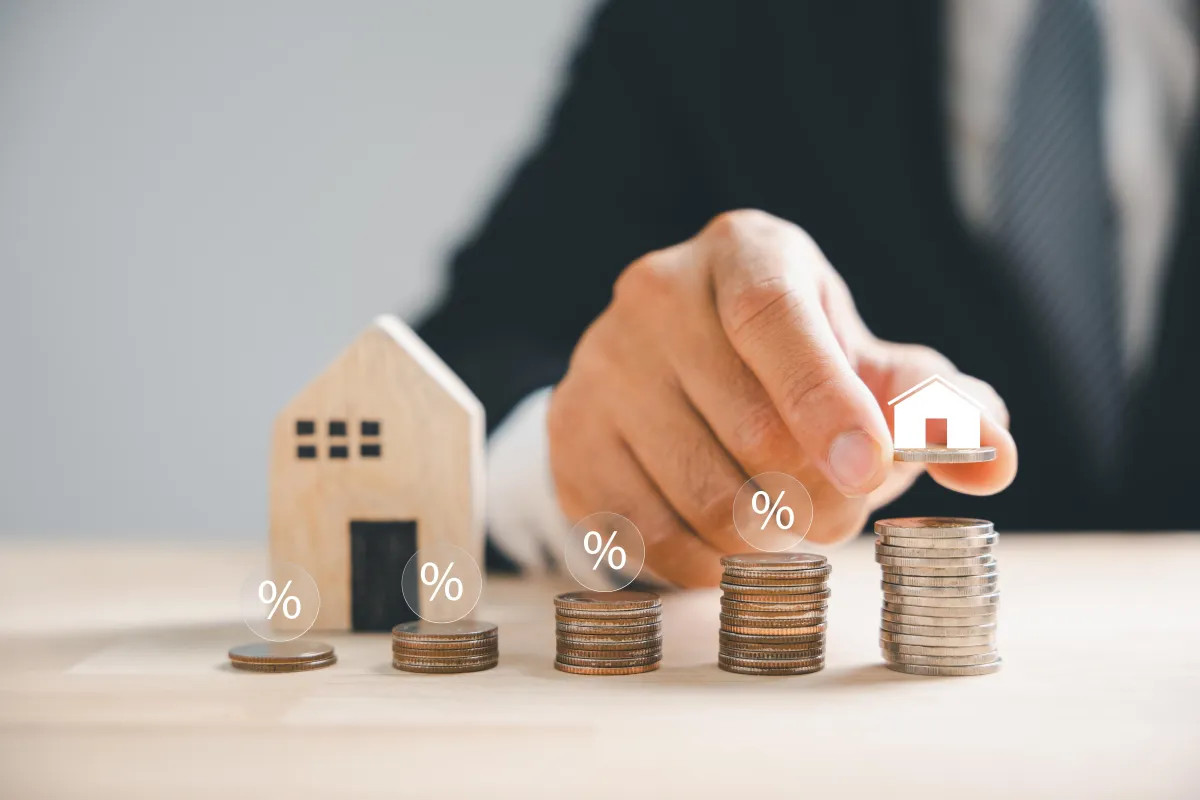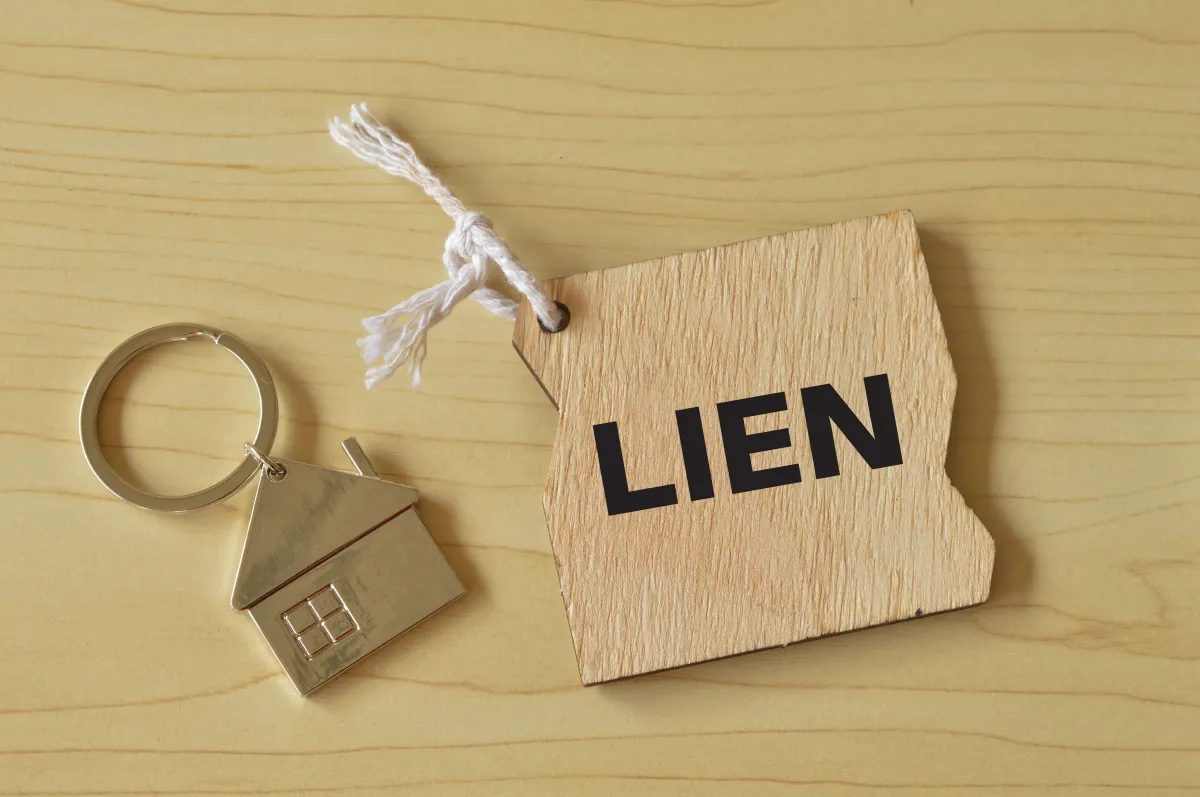Earning from Tax Liens: When and How You Get Paid
Main Points

If you're interested in investing and building a secure financial future, you're in the right place.
You may have come across the term tax liens, and for good reason. Tax lien investing can be a secure way to grow your wealth; however, it's important to approach this with caution. Too many companies push the idea of tax lien investing as an instant path to wealth, often leaving out the critical details you really need to succeed.
That’s why it’s crucial to educate yourself, ask the right questions, and understand the fundamentals before diving in. That’s where USTLA comes in.
Here at the United States Tax Lien Association (USTLA), we've been a trusted leader in tax lien education for over 25 years. Our mission is to cut through the hype and give you the honest, practical knowledge you need to make informed decisions. We’ve helped thousands of investors, just like you, understand the ins and outs of tax lien investing with clarity, confidence, and integrity.
In that spirit, let’s break down what tax liens really are so you can make informed, confident investment choices.
What Exactly Is a Tax Lien Certificate?
Let’s start by covering the key steps in the process, from purchasing a lien to collecting repayment.
1. The Property Owner Fails to Pay Taxes
When a homeowner falls behind on their property taxes, the county is left without critical revenue needed to fund local services.
2. The County Places a Lien on the Property
To recover the delinquent taxes, the county issues a tax lien certificate; a legal claim against the property for the amount owed.
3. An Investor Buys the Tax Lien Certificate
The investor pays the county the full amount of the unpaid taxes, essentially stepping in to cover the shortfall.
4. The Homeowner Gets Extra Time to Pay
The property owner now has a legally defined redemption period, often 1 to 3 years, to repay the taxes, along with the interest and penalties.
5. The Homeowner Pays the County
If the homeowner redeems the lien, they pay the county the original tax amount plus interest.
6. The County Reimburses the Investor
The county then returns the investor’s original investment along with the secured interest, completing the transaction.
This process highlights why tax lien certificate investing is such a unique and structured opportunity. Investors fund essential local services, homeowners get a second chance to save their property, and counties maintain critical operations. And when done correctly, investors receive a real-estate-backed, fixed return, making it a rare win-win-win system.
When Do You Actually Get Paid?
A redemption period is the allotted time a homeowner is given to repay the taxes and interest to the lien holder. This period can last anywhere from 6 months to 3 years, depending on the county. During this time, the investor cannot take ownership of the property; they’re simply waiting.
If the owner redeems the lien (in other words, they pay the county the overdue taxes plus interest), the county pays that amount back to the investor.
Once the homeowner repays the delinquent taxes along with the accrued interest, the county reimburses the investor, returning the original investment plus the earned interest. This payment comes as a single lump sum, delivered at the time of redemption. There are no monthly checks or regular payouts; you get paid all at once, whenever the homeowner settles the debt.
That’s why tax lien certificate investing isn’t the right fit for everyone. Your money can be tied up for months or even years while you wait for the lien to be redeemed. Tax lien investing is far from being passive income. It’s a long game, not a fast flip, and success requires patience, planning, and a clear understanding of the timeline involved.

How Interest Is Earned on Tax Lien Certificates
Tax lien interest rates are the fixed, legally mandated returns that investors earn when they purchase a tax lien certificate. These rates represent the penalty or interest the property owner must pay, on top of their delinquent property taxes, when they redeem the lien.
Each county sets its own interest rates. These vary, starting from 8% ranging up to 24% annually. This means that for the entire year, you earn that percentage interest on your money.
The good news? These rates are locked in from the moment you purchase the lien. Regardless of market or broader economic conditions, your return is fixed at that interest rate.
Maximizing Returns: Why Strategy and Scale Matter
Although tax lien interest rates can sound impressive, it’s important to understand what that actually means in terms of real returns.
Let’s break it down with a few examples:
If you invest $1,000 in a tax lien certificate at 18% interest, your annual return would be $180.
If you invest $10,000, you’d earn $1,800 for the whole year. That’s about $150 per month, but only paid in one lump sum when the lien is redeemed.
Even with a $100,000 investment, an 18% return would yield $18,000 per year.
And here’s the key point: tax liens don’t generate monthly cash flow.
You don’t receive a steady income throughout the year, unlike a rental property. Instead, you wait until the lien is repaid, often months or even years later, to receive your principal plus interest. While the interest rate is solid, the timing and structure of the return make it a long-term, delayed-payback strategy, rather than a cash-flow machine.
That’s why many investors ultimately turn to tax deeds. Tax deeds are the way to go if your goal is bigger, faster profits. Instead of waiting years for a payoff, you gain ownership of the property itself, often for just the back taxes owed, which gives you the potential to flip it “as is” for immediate, substantial returns.
Here at USTLA, we teach our proven “Tax Sale Quick Flip” strategy that shows investors exactly how to obtain properties free and clear of mortgages and resell them for profit without expensive renovations or complicated processes. It’s one of the fastest ways to move beyond delayed returns and start building real wealth through tax sales.

How You Can Make Large Profits
At the end of the day, our strategies at USTLA are designed to give you practical, step-by-step systems that help you master the laws, processes, and opportunities inside the tax sale world without the risks or complications of traditional real estate investing.
If you’re looking to make larger profits with physical real estate, our "Tax Sale Quick Flip" strategy shows you how to acquire properties for just the back taxes owed, free and clear of mortgages, and then resell them “as is” for substantial returns.
So, if your ultimate goal is to acquire properties, grow your portfolio, and invest with confidence, our proven USTLA strategies are the smartest way to start.
Ready to dive deeper? Enroll in our FREE 3-Module Crash Course, where we’ll walk you through the essentials, reveal how to avoid costly mistakes, and show you exactly how to begin turning tax sales into real profits.
USTLA's FREE Comprehensive
3-Module Tax Lien Investment
Online Crash Crouse
The ultimate beginner's guide to successful tax lien
certificate & tax deed investing.
Start Learning from the Comfort of Your Home Today
Featured Lessons
Vital Information Beginner’s MUST KNOW FIRST so you can Get Started Right

Lesson #1
What is Tax Lien Investing & How Can it Help You Achieve Financial Freedom

Lesson #2
How to Acquire Properties for the Back Taxes & Penalties Only

Lesson #3
How Much Investment Capital is Needed to Get Started?
As with all investments, there is always an element of risk. Even if the interest rates are written into state government law, mandated by state government law, and are regulated by state government law, there is a chance of you losing part or all of your investment. You must always try to get the best education and practice safe investing, no matter which investment vehicle you choose.

